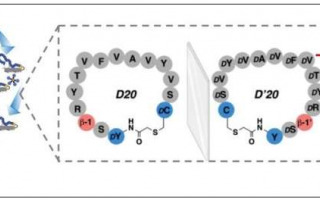Incorporating cultural and recreational ecosystem services of freshwater within Israel’s water economy
Researchers have developed a model incorporating recreational freshwater ecosystem services like fishing and swimming into water allocation policies. The study shows that increasing demand for recreational services significantly impacts how water diversion should be distributed across different sources, balancing ecological preservation with human needs. This approach is vital in water-scarce areas where it's essential to balance the competing demands for water among agriculture, drinking, and recreation.

















